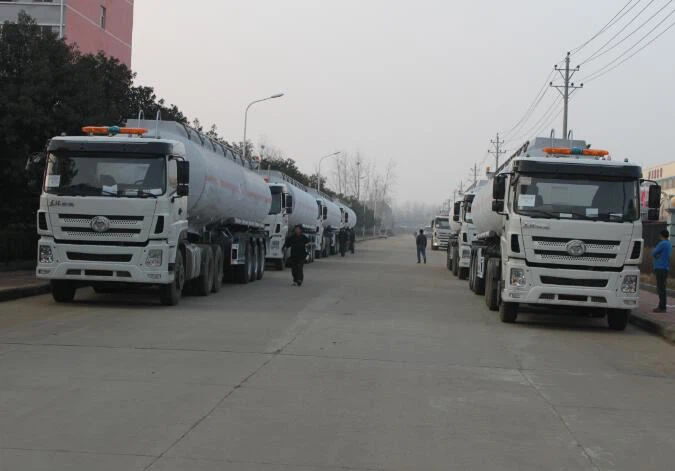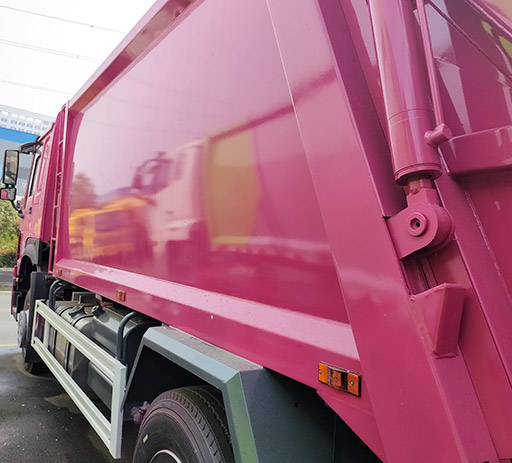Understanding Cab Sizes for Trucks: A Comprehensive Guide

Choosing the right cab size for your truck is vital for comfort, functionality, and efficiency. Whether you are a truck enthusiast, a business owner in the logistics industry, or just someone considering a new truck purchase, understanding cab sizes can help you make informed decisions. This article dives deep into the various cab sizes, their features, and practical tips to choose the one that suits your needs best.
What Are Truck Cab Sizes?
Truck cab sizes refer to the different configurations available in the cabin area of trucks. The cab affects the amount of passenger space, storage, and overall comfort of the vehicle. Typically, the cab size can significantly impact the truck’s usability for personal or commercial use.
Types of Truck Cabs
There are several common types of truck cabs, each designed with specific purposes and capacities in mind:
1. Regular Cab
A regular cab typically features two doors and can comfortably seat up to three passengers. It’s often characterized by a shorter bed length, making it ideal for those who need a truck for work and don’t require significant passenger space.
2. Extended Cab
The extended cab includes additional storage space and seating behind the front seats. This configuration usually has two extra doors that allow for easier access to the rear seating area, which may accommodate up to five passengers, albeit with limited legroom.
3. Crew Cab
The crew cab is designed for larger families or work crews. It typically provides four full-sized doors and ample headroom and legroom for all passengers, seating up to six individuals. This cab size is popular among those needing both passenger and cargo capabilities.
4. Mega Cab
The mega cab is an even larger configuration found primarily on heavy-duty trucks. With a spacious rear cab, this option provides maximum legroom, making it ideal for long journeys and comfort.

5. Dual Cab
Similar to crew cab, the dual cab configuration also offers four doors, but typically emphasizes the balance between passenger capacity and cargo space. This versatile cab style is suitable for families and businesses alike.
Comparison Table of Truck Cab Sizes

| Cab Type | Doors | Passenger Capacity | Best For |
|---|---|---|---|
| Regular Cab | 2 | 2-3 | Work use, small jobs |
| Extended Cab | 2/4 | 4-5 | Occasional family use, extra storage |
| Crew Cab | 4 | 5-6 | Family, work crews |
| Mega Cab | 4 | 5-6 | Ultimate comfort for families |
| Dual Cab | 4 | 5-6 | Balanced use for passenger and cargo |
Factors to Consider When Choosing Cab Size
1. Purpose of the Truck
The first step in selecting the right cab size is to determine the primary purpose of the truck. Are you using it mainly for work, transporting family, or recreational purposes? This will guide you toward the best cab type.
2. Passenger Capacity
Consider how many passengers you need to accommodate regularly. If you’re transporting large groups often, a crew cab or mega cab may be the best choice. Regular and extended cabs may suffice for solo drivers or couples.
3. Cargo Space
Cargo capacity becomes crucial when balancing passenger space and utility. Crew and mega cabs often reduce the available bed space, so ensure you assess your cargo needs against seating capacity.
4. Comfort and Amenities
Higher cab sizes often come with additional amenities for comfort, such as modern infotainment systems, legroom, and adjustable seating. If you’re planning long road trips, consider investing in a cab that offers these features.
5. Fuel Efficiency
Larger cabs can affect fuel efficiency. Generally, the greater the size, the more energy the truck consumes. If fuel economy is important to you, weigh the benefits of cab size against expected fuel costs.
6. Budget Considerations
Finally, the size of the cab can impact the overall cost of the truck. Larger options may come at a premium, so ensure that your budget accommodates not just the purchase price but also insurance, maintenance, and fuel.
Popular Truck Models and Their Cab Sizes

1. Ford F-150
The Ford F-150 offers various cab sizes, including regular, supercab (extended), and supercrew (crew cab). This versatility has made it a top choice in its class.
2. Ram 1500
For Ram 1500, buyers can choose between a regular cab, quad cab (extended), and crew cab, allowing customization based on need.
3. Chevrolet Silverado
The Chevrolet Silverado is available with several cab options, including regular, double (extended), and crew cabs, catering to different consumer preferences.
4. Toyota Tundra
The Toyota Tundra also offers regular and crew cab options, with a focus on comfort and cargo space.
Practical Tips for Choosing the Right Cab Size
1. Test Drive Various Models
Before making a decision, test drive different cab sizes. This hands-on experience will give you insight into comfort levels and usability.
2. Evaluate Clearance and Accessibility
Ensure that the cab size fits your physical needs regarding entry and exit. Taller individuals might prefer configuration with higher headroom.
3. Assess Your Long-Term Needs
Look into your future requirements—if you anticipate needing more space or comfort down the line, invest in a larger cab now.
4. Consider Demos and Reviews
Consumer reviews and expert ratings can provide valuable insights into various cab sizes and their functionality in the real world.
5. Think About Technology and Customization
Some cab sizes come with built-in technology and customization options. Evaluate which features matter most to you before choosing.
Frequently Asked Questions (FAQs)
1. What is the difference between regular cab and crew cab trucks?
Regular cab trucks typically seat 2-3 passengers and have limited space, while crew cabs have four full-sized doors and can comfortably accommodate 5-6 passengers, making them more suited for families or work crews.
2. Are larger cabs always more comfortable?
Larger cabs generally provide more legroom and amenities, which enhance comfort, especially for longer journeys. However, comfort also depends on individual preferences and specific truck models.
3. How does cab size affect towing capacity?
Cab size can impact towing capacity as heavier configurations usually have more robust engines and suspension systems. Still, the overall towing capacity also depends on the truck’s make and model.
4. Which truck cab size is best for families?
For families, the crew cab or mega cab is usually recommended, as they offer more space and comfort for passengers and frequently have advanced safety features.
5. Can I change the cab size after purchasing the truck?
No, changing the cab size after the purchase is not feasible. It’s important to choose the cab size that meets your needs before making a purchase.
6. Are larger truck cabs more expensive to maintain?
Generally, larger truck cabs may incur higher maintenance costs due to the complexity of features and more substantial parts. It’s crucial to factor in these potential costs when deciding on a cab size.
